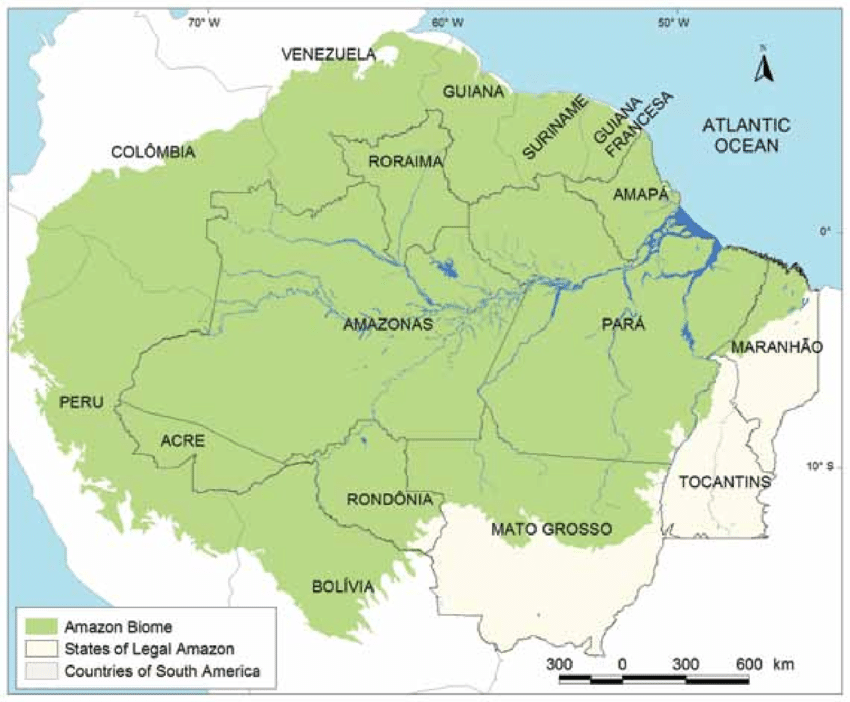RIO DE JANEIRO, BRAZIL – A decree issued by President Jair Bolsonaro and published in an extra edition of the Federal Gazette on Sunday, August 25th, authorized the deployment of the Armed Forces to fight forest fires in Acre, Mato Grosso, and Amazonas.
As a result, seven states have requested federal aid in fire-fighting operations, since Roraima, Rondônia, Tocantins, and Pará had made the request last Friday, August 23rd, when the president signed the Guarantee of Law and Order (GLO) decree authorizing the federal military to act.
The measure applies to border areas, indigenous lands in federal environmental conservation units and other areas in Legal Amazonia.
According to the text, the deployment of the military will only be granted on request by the governor of each state in the region.
Legal Amazonia is defined as a territory that includes all of the states of Acre, Amapá, Amazonas, Pará, Rondônia, Roraima, and part of the states of Mato Grosso, Tocantins, and Maranhão.
On Saturday, August 24th, the Minister of Defense, Fernando Azevedo e Silva, said that some 44,000 Armed Forces members are stationed in the Amazon Region and could be employed in operations.

The Ministry of Economy reported yesterday, August 25th, that it had approved the immediate release of R$38.5 million from the Defense budget to fund the fire-fighting efforts conducted by the armed forces.
Aircraft in Operation
The Brazilian Air Force (FAB) has been employing, since Saturday, August 24th, two C-130 Hercules aircraft in the battle against the fires in the Amazon. The planes are operated by the First Squadron of the First Transport Group and have used the Porto Velho airport as their base.
The aircraft are equipped with a system named MAFFS (Modular Airborne Fire Fighting System).
The equipment consists of five water tanks and two hoses that project through the rear door of the aircraft and can carry up to 12,000 liters of water. To perform the mission, according to FAB, the plane needs to fly over the fire area at an altitude of 150 feet (approximately 46 meters), .
The release, by means of pressure, lasts seven seconds and inherent inertia causes the liquid to spread over the fire, along a 500-meter line. After discharging the water, the plane returns to the capital of Rondônia, the support point, where it is loaded again.

